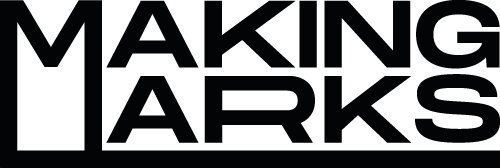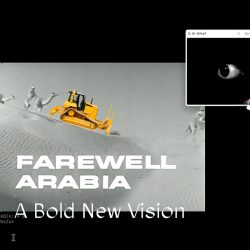What does distance look like? Articles of Exceptional Value is a collaborative effort by two artists to document the 5,597 km distance between them. In a time where physical forms of communication are heavily restricted, Dina and Ollie explored how visualising the unseen space between them could become a means for connection and exchange. Over the course of a month, they posted a series of packages to each other between the UK and Dubai, each one containing an unusual drawing device that gathered intricate data of its journey.
In both countries the postal services have long lists of prohibited items, including sending art. In response to this, each artwork’s title is inspired by a different prohibited item from these lists.
The postal services also include the prohibition of sending “articles of exceptional value”. Every time a package was mailed, the artists were required to declare the monetary value of each box. Dina and Ollie chose this to be the title for the body of work, as they found that with every mark generated over time, the packages gained an alternative form of value; an unrepeatable recording of the 5,597km distance connecting them.
Dina Khatib is a Multimedia Designer based in Dubai. Through a research-intensive process, she explores various ways through which different forms of media can be integrated, and embraces the constantly shifting nature of her practice. Dina joined the UAE National Pavilions research team for the 2020-2021 Venice Biennale, and has also participated in Jameel Arts Centre’s Youth assembly curatorial team in 2020.
Ollie Cameron is an Illustration graduate from London and was recently awarded BBC Student Visual Journalist of the year. In his work he experiments with how illustration can be used to document the world around us. In particular, he is drawn to the ways art can visualise topics that are somewhat intangible. Whether that is trying to draw the presence of radiation, document a tumor surgery, illustrate an algorithm or try and capture the feeling of being watched, it is the challenge of visualizing pervasive but unseen stories in the world that he finds exciting.
He is currently the designer and story boarder for Project Dastaan. The initiative reunites 1947 Partition refugees with their childhood homes and memories using virtual reality. After receiving further funding from the National Geographic and the British Council, he is now working to expand the project into an interactive 360° feature documentary about Partition and a series of animated shorts.
RELATED PROJECTS
- وداعاً يا جزيرة العرب: رؤية جديدة وجريئة






